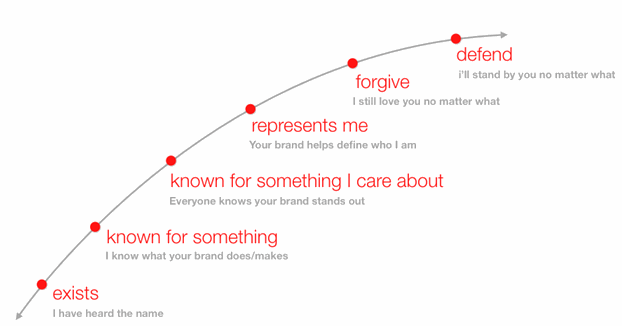I recently researched and wrote about the Open Source movement for Daitan Group, a company that provides high-quality software development services to significantly accelerate time to market for global technology companies.
In the early days of software development — when the industry was still nascent, and coding expertise was the privilege of a few — companies that developed software protected that software closely from distribution. Code Intellectual Property (IP) was locked up as far away as possible by lawyers, and the code itself accessible only to a few. Even with those restrictions, programmers commonly shared code on an informal basis to learn from one another. Sharing code was accepted as a valuable and efficient way of moving learning forward at a time when software solutions were being developed for the first time.
But in the early 1980s, this started to change. While some may consider the entire Internet an open source software initiative in itself, it was in the 1980s that the ‘free software’ movement began to take shape — a movement whose goal was to encourage the free sharing, distribution, and studying of software. In the 1990s, the free software movement matured into what was seen as the more ‘business-friendly’ Open Source Software (OSS) movement.
Now, as we know, Open Source Software is fully mainstream.
So why would a business that has invested significant resources, time, and energy into building proprietary market-leading software, then choose to release the source code of that software into the public domain? Isn’t giving away software for ‘free’ completely counter-intuitive?
Why would companies that are focused on profits and revenue come to believe that releasing software for free is a defensible strategy? How does that company achieve ROI on something so costly to create? And how do those companies avoid having their competitors use the intellectual property embedded in that software against them in the
market?
Read the Daitan Group White Paper to read more.

